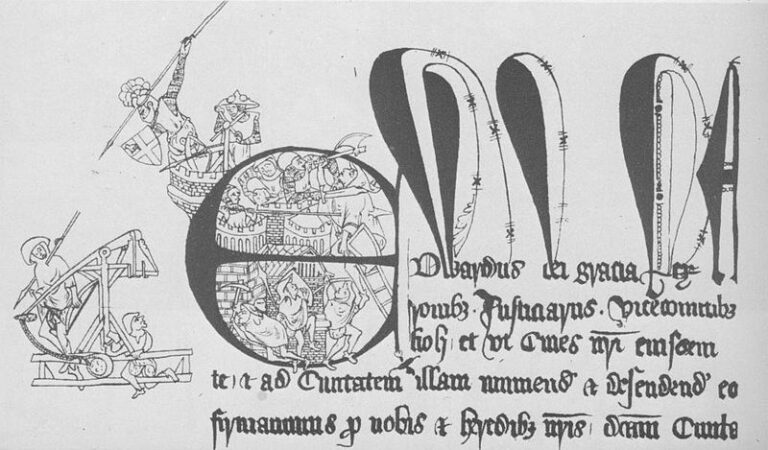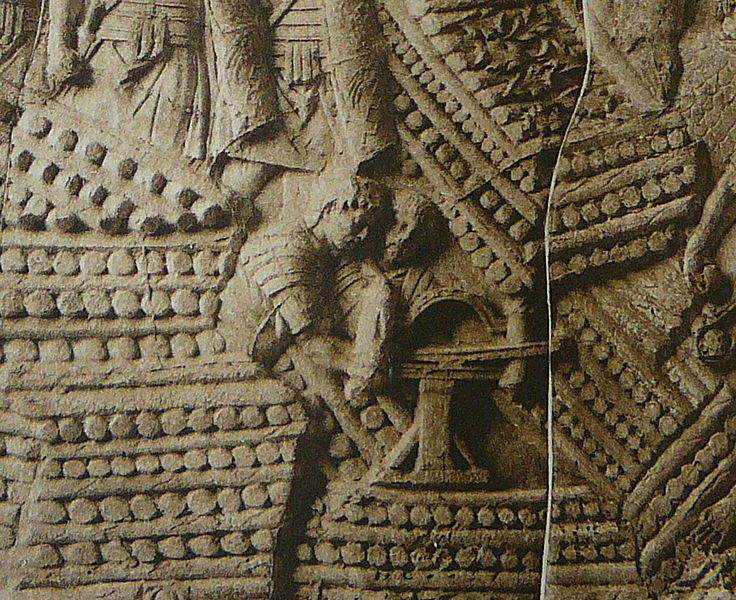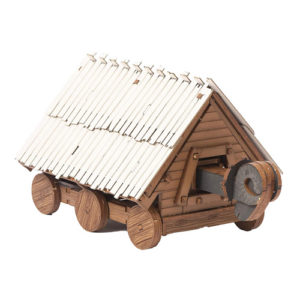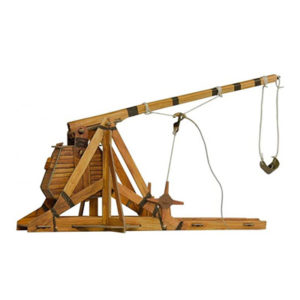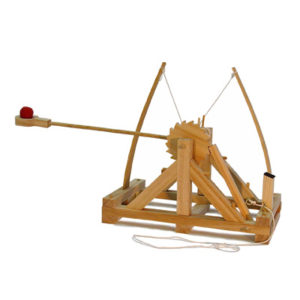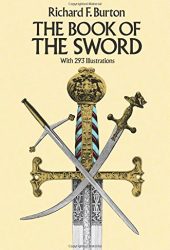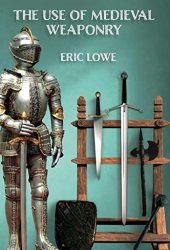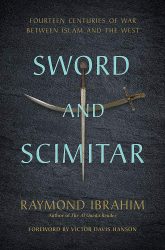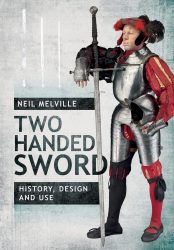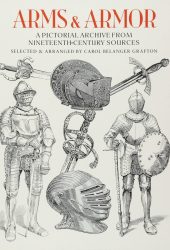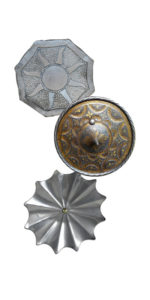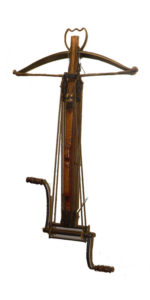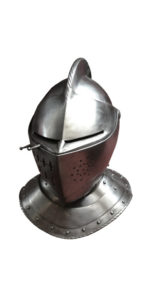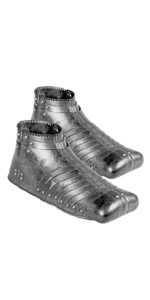A medieval ballista was a powerful siege weapon that was used during the Middle Ages to launch large arrows or bolts at enemy fortifications. It was essentially a giant crossbow mounted on a frame or tripod and could be operated by a small team of soldiers or engineers.
The ballista used twisted ropes or sinews to power the firing mechanism. The cords were pulled back and locked into place, and then a large bolt or arrow was placed on the firing mechanism. When the trigger was released, the ropes would snap forward, launching the projectile at high speed.
Ballistas could fire projectiles at long distances, often over 500 meters, and penetrate thick walls or armor. They were especially effective against infantry formations, where a single bolt could strike multiple targets in a tightly packed formation.
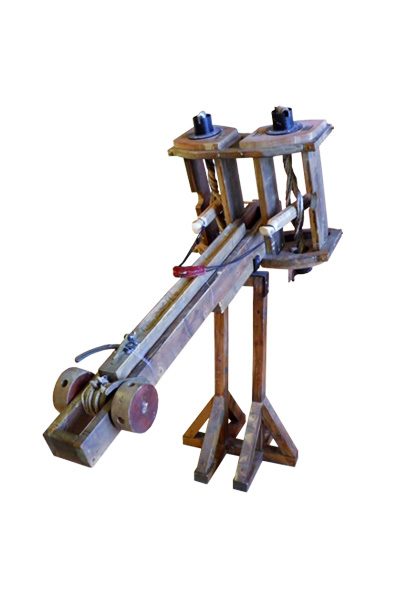
History of the Ballista
The ballista is believed to have been invented by the ancient Greeks, possibly as early as the 4th century BC. It was later adopted and improved upon by the Romans, who used it extensively in their military campaigns.
Ballistas were used extensively throughout the Middle Ages, from the 5th century to the 15th century, with various modifications made to its design and firing mechanisms over time. They were used in sieges throughout Europe, the Middle East, and Asia. They were also commonly used in naval warfare, where they were mounted on the decks of ships and used to fire at enemy vessels.
How Did You Use a Ballista in the Middle Ages?
In the Middle Ages, the ballista was typically used as a siege weapon to attack fortified structures such as castles, walls, and towers, as it was capable of launching heavy arrows or bolts over long distances, (often with enough force to penetrate thick walls or armour).
To use a ballista, a team of soldiers or engineers would:
- First set up the machine on a sturdy frame or tripod.
- They would then load a large bolt or arrow onto the firing mechanism.
- And they would aim the machine at the target.
The ballista was usually operated by a small team of soldiers who would use ropes or sinews to draw back the firing mechanism, pulling it back into a locked position. Once the machine was fully loaded and aimed at the target, one of the soldiers would release the trigger, causing the firing mechanism to snap forward and launch the projectile at high speed towards the target.
Ballistas could be operated by teams of soldiers on the ground or could be mounted on towers or other high points to provide greater range and accuracy. They were often used in combination with other siege weapons, such as trebuchets, catapults, and battering rams, to breach the walls and defences of a castle or other fortified structure.
Early Depictions of Ballistas
